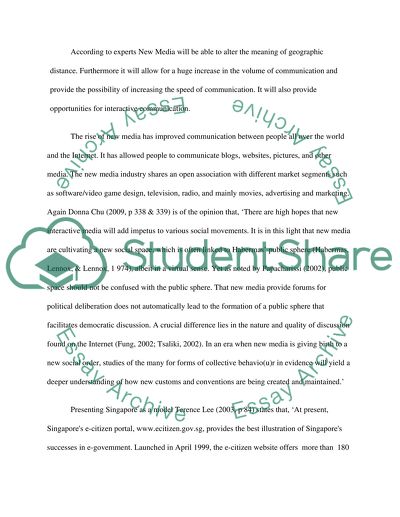Cite this document
(“Ow hospitals in the health care industries have used new media Essay”, n.d.)
Retrieved from https://studentshare.org/journalism-communication/1427697-how-hospitals-in-the-health-care-industries-have
Retrieved from https://studentshare.org/journalism-communication/1427697-how-hospitals-in-the-health-care-industries-have
(Ow Hospitals in the Health Care Industries Have Used New Media Essay)
https://studentshare.org/journalism-communication/1427697-how-hospitals-in-the-health-care-industries-have.
https://studentshare.org/journalism-communication/1427697-how-hospitals-in-the-health-care-industries-have.
“Ow Hospitals in the Health Care Industries Have Used New Media Essay”, n.d. https://studentshare.org/journalism-communication/1427697-how-hospitals-in-the-health-care-industries-have.


